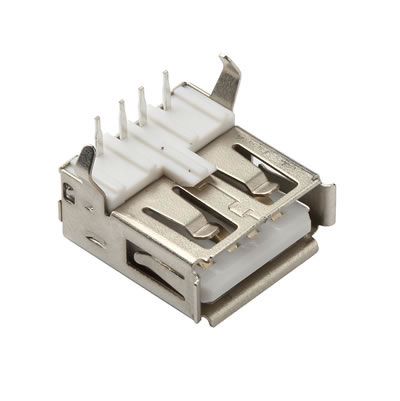What does the USB interface mean?
 2024-08-17 09:42:52
2024-08-17 09:42:52

The USB interface is a Universal Serial Bus. It is a serial bus standard and a technical specification for input and output interfaces, widely used in personal computers and mobile devices, and has expanded to other related fields such as photography equipment, digital TVs, and gaming consoles. The latest generation is USB 3.1, with a transmission speed of 10 Gbit/s, a three-stage voltage of 5V/12V/20V, a maximum power output of 100W, and the new Type-C connector that no longer requires orientation alignment.
Advantages of USB devices:
Hot-swappable: Users can connect external devices without needing to power down and restart the computer; they can simply plug in the USB device while the computer is running.
Portability: Most USB devices are known for being "small, lightweight, and slim," making them convenient for users to carry large amounts of data. USB hard drives are a top choice for this purpose.
Standardization: Previously, we commonly saw IDE hard drives, serial port mice and keyboards, and parallel port printers and scanners. However, with the advent of USB, all these peripheral devices can connect to personal computers using the same standard. This led to the creation of USB hard drives, USB mice, USB printers, and so on.
Multiple device connections: Personal computers typically have multiple USB ports, allowing several devices to be connected simultaneously. If you connect a USB HUB with four ports, you can connect four more USB devices, and so on, allowing you to connect all your home devices to one computer without any issues. USB can support up to 127 devices.
As various digital devices, especially MP3 players and digital cameras, have become more widespread, the number of USB devices around us has gradually increased. However, despite using USB interfaces, the data cables for these devices are not entirely identical. The end of the cable connecting to the PC is the same, but the end connecting to the device often varies in design due to size considerations, leading to different types of connectors.


